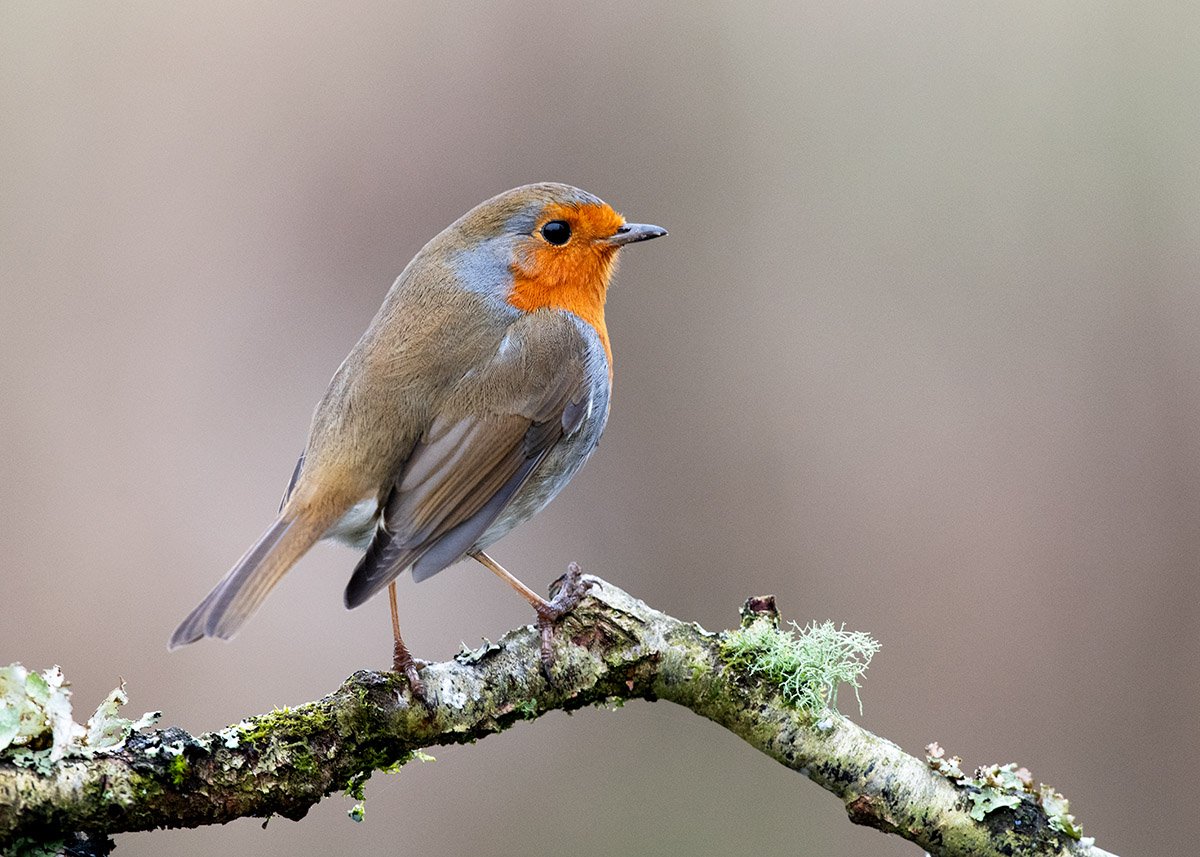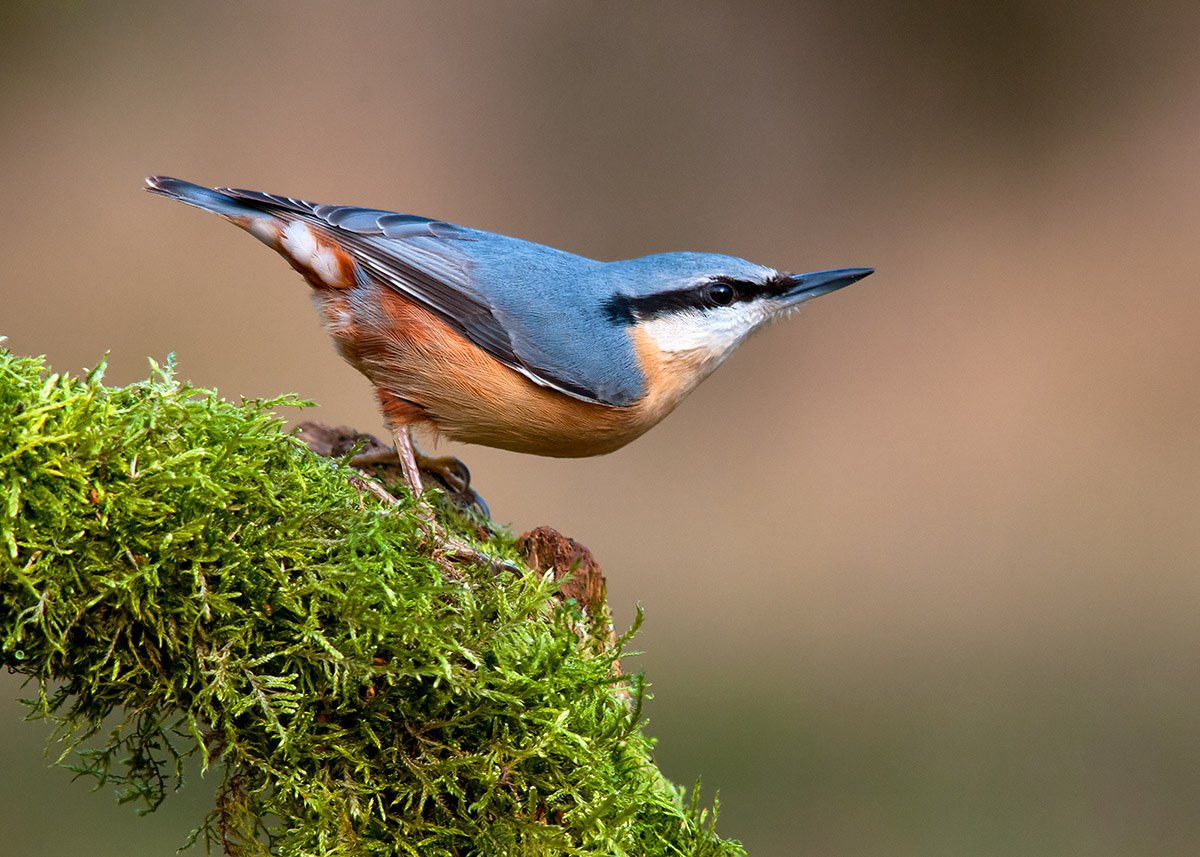 Image 1 of
Image 1 of


Waxwing
The waxwing is a striking and elegant bird species known for its colourful plumage and distinctive crested appearance. Here's an overview of this captivating bird:
Appearance: Waxwings are medium-sized birds with a sleek body and a prominent crest on their heads. They have soft, silky plumage, predominantly brownish-grey on their backs and wings, with striking accents of bright red on their wingtips and yellow on their tail tips. They also have black masks around their eyes and a yellow band across their tails. Their most distinctive feature is the small, waxy red tips on the secondary feathers, which give them their name.
Habitat: Waxwings are found in a variety of habitats, including boreal forests, woodlands, orchards, and urban areas with fruit-bearing trees and shrubs. They are nomadic birds that often move in large flocks in search of food, especially during the winter months when they migrate to more southerly regions.
Behaviour: Waxwings are social birds often seen foraging in large flocks, particularly in the winter when they gather to feed on berries and other fruit. They have a distinctive flight pattern, with rapid, direct flight interspersed with brief glides. Waxwings are known for their soft, high-pitched calls and melodious trilling songs.
Diet: Waxwings have a primarily frugivorous diet, feeding on a variety of berries, fruits, and occasionally insects. They use their sharp, pointed bills to pluck fruit from trees and shrubs, often swallowing them whole. Waxwings are especially fond of berries from species such as rowan, hawthorn, and mountain ash.
Breeding: Breeding season for waxwings typically occurs in spring and summer. They build cup-shaped nests from twigs, grasses, and moss, often located in coniferous trees. The female lays a clutch of eggs, usually numbering between 3 to 7, which she incubates for around two weeks. Both parents share in the feeding and care of the young until they fledge.
Conservation: Waxwings are generally widespread and common throughout much of their range, but they may face threats from habitat loss, pesticide use, and collisions with buildings and vehicles. Conservation efforts focus on preserving and restoring suitable habitat, as well as raising awareness about the importance of protecting waxwing populations.
Overall, the waxwing's stunning plumage, social behaviour, and melodious songs make it a cherished and sought-after bird species among birdwatchers and nature enthusiasts.
The waxwing is a striking and elegant bird species known for its colourful plumage and distinctive crested appearance. Here's an overview of this captivating bird:
Appearance: Waxwings are medium-sized birds with a sleek body and a prominent crest on their heads. They have soft, silky plumage, predominantly brownish-grey on their backs and wings, with striking accents of bright red on their wingtips and yellow on their tail tips. They also have black masks around their eyes and a yellow band across their tails. Their most distinctive feature is the small, waxy red tips on the secondary feathers, which give them their name.
Habitat: Waxwings are found in a variety of habitats, including boreal forests, woodlands, orchards, and urban areas with fruit-bearing trees and shrubs. They are nomadic birds that often move in large flocks in search of food, especially during the winter months when they migrate to more southerly regions.
Behaviour: Waxwings are social birds often seen foraging in large flocks, particularly in the winter when they gather to feed on berries and other fruit. They have a distinctive flight pattern, with rapid, direct flight interspersed with brief glides. Waxwings are known for their soft, high-pitched calls and melodious trilling songs.
Diet: Waxwings have a primarily frugivorous diet, feeding on a variety of berries, fruits, and occasionally insects. They use their sharp, pointed bills to pluck fruit from trees and shrubs, often swallowing them whole. Waxwings are especially fond of berries from species such as rowan, hawthorn, and mountain ash.
Breeding: Breeding season for waxwings typically occurs in spring and summer. They build cup-shaped nests from twigs, grasses, and moss, often located in coniferous trees. The female lays a clutch of eggs, usually numbering between 3 to 7, which she incubates for around two weeks. Both parents share in the feeding and care of the young until they fledge.
Conservation: Waxwings are generally widespread and common throughout much of their range, but they may face threats from habitat loss, pesticide use, and collisions with buildings and vehicles. Conservation efforts focus on preserving and restoring suitable habitat, as well as raising awareness about the importance of protecting waxwing populations.
Overall, the waxwing's stunning plumage, social behaviour, and melodious songs make it a cherished and sought-after bird species among birdwatchers and nature enthusiasts.
The waxwing is a striking and elegant bird species known for its colourful plumage and distinctive crested appearance. Here's an overview of this captivating bird:
Appearance: Waxwings are medium-sized birds with a sleek body and a prominent crest on their heads. They have soft, silky plumage, predominantly brownish-grey on their backs and wings, with striking accents of bright red on their wingtips and yellow on their tail tips. They also have black masks around their eyes and a yellow band across their tails. Their most distinctive feature is the small, waxy red tips on the secondary feathers, which give them their name.
Habitat: Waxwings are found in a variety of habitats, including boreal forests, woodlands, orchards, and urban areas with fruit-bearing trees and shrubs. They are nomadic birds that often move in large flocks in search of food, especially during the winter months when they migrate to more southerly regions.
Behaviour: Waxwings are social birds often seen foraging in large flocks, particularly in the winter when they gather to feed on berries and other fruit. They have a distinctive flight pattern, with rapid, direct flight interspersed with brief glides. Waxwings are known for their soft, high-pitched calls and melodious trilling songs.
Diet: Waxwings have a primarily frugivorous diet, feeding on a variety of berries, fruits, and occasionally insects. They use their sharp, pointed bills to pluck fruit from trees and shrubs, often swallowing them whole. Waxwings are especially fond of berries from species such as rowan, hawthorn, and mountain ash.
Breeding: Breeding season for waxwings typically occurs in spring and summer. They build cup-shaped nests from twigs, grasses, and moss, often located in coniferous trees. The female lays a clutch of eggs, usually numbering between 3 to 7, which she incubates for around two weeks. Both parents share in the feeding and care of the young until they fledge.
Conservation: Waxwings are generally widespread and common throughout much of their range, but they may face threats from habitat loss, pesticide use, and collisions with buildings and vehicles. Conservation efforts focus on preserving and restoring suitable habitat, as well as raising awareness about the importance of protecting waxwing populations.
Overall, the waxwing's stunning plumage, social behaviour, and melodious songs make it a cherished and sought-after bird species among birdwatchers and nature enthusiasts.
Printed on Epson Premium glossy paper using Epson UltraChrome inks, your print is guaranteed to showcase incredible quality with rich, vibrant colors. Thanks to Epson's advanced ink technology, your print will retain its stunning appearance for years to come.
Each detail of your image will be brought to life with remarkable clarity and precision, capturing the essence of the scene as if you were there in person. Whether it's the vivid hues of a sunset or the intricate details of a landscape, every aspect will be rendered with breathtaking accuracy.
Standard UK shipping is included in the price, ensuring that your print arrives safely and promptly. For customers located in the UK Highlands and Islands or overseas, please feel free to contact me for a shipping quote tailored to your location.
Experience the beauty of your favorite scenes in stunning detail with a print that exceeds expectations, made possible by Epson UltraChrome inks and premium glossy paper.





